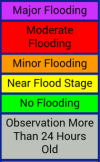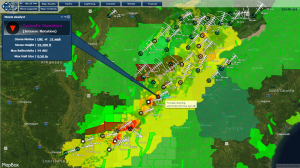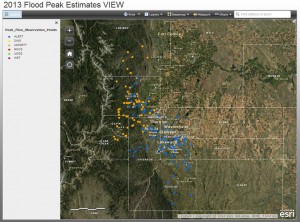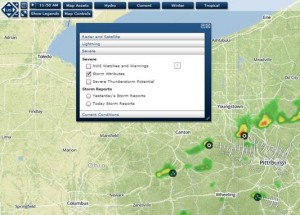To: All F2P2 Partners
In compiling our notes for this year, we wanted to give everyone a chance to weigh-in on any flooding events that may have impacted your communities or you personally. As most of you already know, 2020 had very few rainstorms capable of causing serious flood impacts making this year our least impactful since the F2P2 began 42 years ago.
To help with your recall, here are the storm dates that likely produced daily rainfall amounts of 2” or more:
| DATE | LOCATION(s) POTENTIALLY IMPACTED | NOTES* |
| May 24 | General widespread, low intensity rainfall | max GARR >3.29”, no rain alarms |
| June 26 | Arapaho, Boulder, Denver, Douglas & Jefferson Counties including Aurora and Lakewood | max GARR >2.97”, greatest number of rain alarms for a single day in 2020 |
| July 4 | Aurora & southern Douglas County | max GARR >3.41” |
| July 9 | Adams County (Barr Lake area northwest of DIA) | max GARR >2”, no rain alarms |
| July 19 | extreme SE Aurora & Arapahoe County | max GARR >1.96” |
Intense rainfall exceeding 3 inch-per-hour rates occurred on other days , but total rainfall for those days was under 2 inches. For 2020 rainfall intensity/duration/frequency measurements, download the PeakRain Excel workbook.
Any information you can send us will be most appreciated. Thank you for all you do to keep your communities safe.
Final closing climate trivia…2020 was Colorado’s 3rd driest year on record.
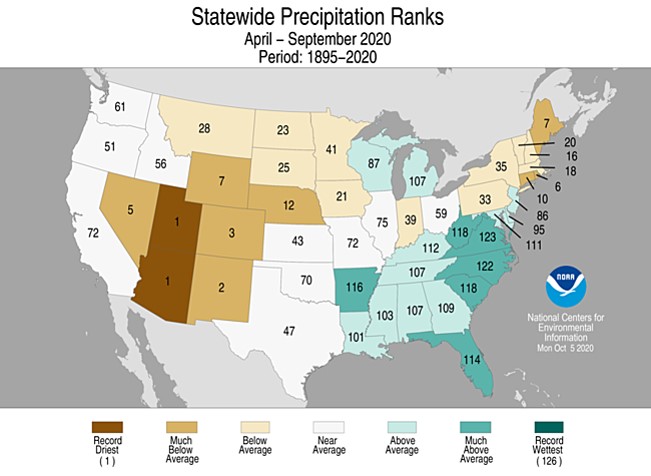
Kevin Stewart, P.E.
Engineering Services Manager
MILE HIGH FLOOD DISTRICT
2480 W. 26th Ave Suite 156-B | Denver, Colorado 80211
Office: 303-455-6277 | Direct: 303-749-5417 | www.mhfd.org
Protecting People, Property, and our Environment


